Dresden and Beyond with Jen
For the last weekend of August, my friend Jen Ryan came to visit me in Dresden. As well as exploring the city again, we took a few side trips out of Dresden that were really interesting.
On Saturday, we bought a Schoenes Wochenende train ticket which is only 33 Euros and allows up to 5 people to travel anywhere in Germany on that day. Pretty amazing value and it's fantastic to see how many people actually use them and explore different parts of the country on weekends. We travelled to the city of Leipzig (about an hour and a half from Dresden) which I had been told was a really interesting city and definitely worth checking out.
To be honest I was a bit disappointed. The old city is full of very modern shopping centres and the Lonely Planet walking tour we took seemed oriented towards people who were only there to shop. It is a strange mix of old and new buildings and it made me realise that one thing I really like about Dresden is how the old city is mostly old style architecture and all of the newer buildings and shops are outside of that area.
We visited some interesting museums while we were there, though. Leipzig is probably most famous for 2 things. It was the home of Johann Sebastian Bach for most of his career and it was in Leipzig that the silent protests against the GDR started, leading to the eventual reunification of Germany.
Our first stop was the Bach Museum, housed in a building directly opposite the Thomaskirche which was where many of his compositions were first performed. Honestly, it was one of the most boring museums I've ever been to and I was very disappointed. It had a very poor collection of things from Bach's life and times and the information was very dense and presented in an extremely boring manner.
The Thomaskirche (pictured) is very beautiful, though and Bach's remains are buried there.
The other 2 museums were much more interesting. The Stasi museum is in the old headquarters of the GDRs Secret Police and it had very interesting exhbitions about how the Stasi spied on anyone suspected of being an enemy of the GDR (which was a large chunk of the population). It gave a very interesting insight into what life in the GDR must have been like. The second museum along the same lines was the Zeitgeschichliches Forum which has lots of displays about the formation of the GDR and the events leading to its dissolution and reunification. Although they were rebuilding many parts of the display and the signage in english was scarce, it really helped me understand a period of history that I did not know much about.
On Sunday, we looked around some of Dresden's major sights and were lucky enough to get tickets into the Historisches Gruenes Gewoelbe. I say lucky, because pre-ordering tickets was only possible about 6 months in advance and otherwise you have to queue at around 9am to get some of the tickets that are only sold on the day. The tickets have a very specific time on them (ours was 4.00pm to 4.15pm) during which you can enter the museum and the tickets are not transferable. We didn't queue for tickets, but met a man who was selling some on the steps of the Tourist Information Centre (not allowed, but hey, we got tickets!).
The Gruenes Gewoelbe is the display of the treasures of the Saxon Kings and it is displayed in rooms in the Palace that have been restored to how they originally looked. The Gewoelbe was set up by August the Strong (a relative of Frederic the Bitten) and was one of the first museums of its kind. The rooms are organised according to the type of treasure. There is a jewel room, a gold room, an ivory room etc. Half of the rooms survived the bombing of Dresden, but the others were destroyed. They have all been rebuilt and restored and were only reopened in the last few years. It is a really amazing collection of beautiful things and the rooms are really beautiful too.
On Monday, we took a trip to Koenigstein. A small town down the Elbe from Dresden in a region called the Saechsische Schweiz (Saxon Switzerland). The area has beautiful landscapes and is a very popular hiking region for Dresdners. We considered taking a riverboat (a paddlesteamer) but found out it took 5 1/2 hours when the train took 45 minutes. We figured it was better to spend the time looking around when we got there.
The biggest drawcard in Koenigstein is the fortress built towering over the town. It was a stronghold of the Saxon Princes and was considered impenetrable. It was never attacked, but became a study in military architecture. It has amazing views over the region and was a really interesting place to visit.
Of course, Monday night was half-a-pig night again! Thanks so much for visiting, Jen! It was so great to see you and explore even more of this beautiful city!
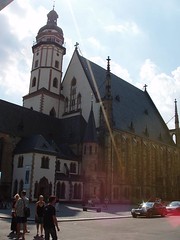
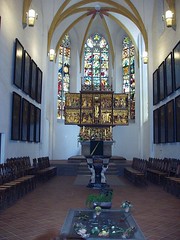
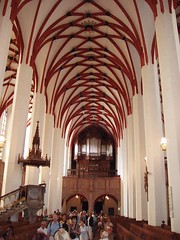
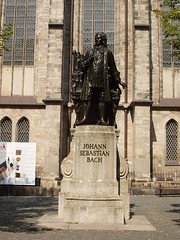
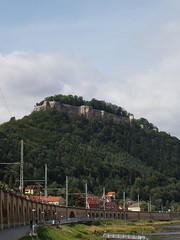
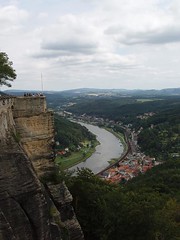
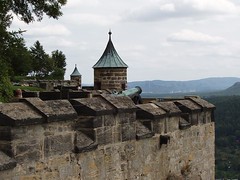
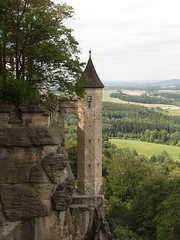
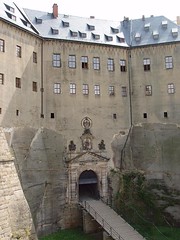
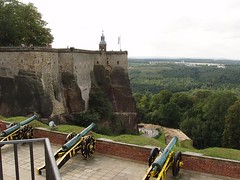


0 Comments:
Post a Comment
<< Home